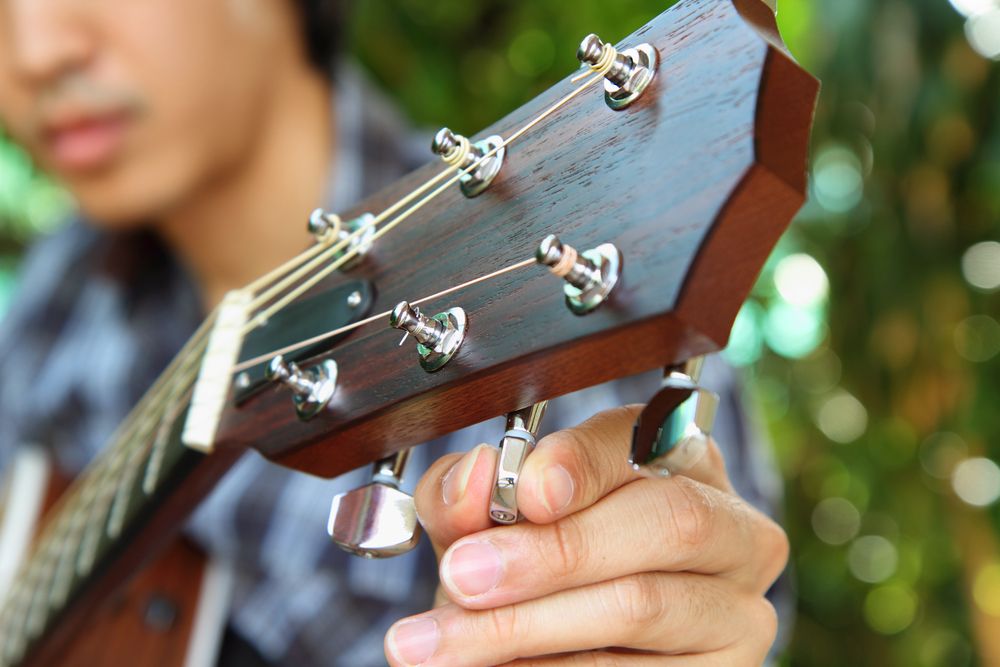
And the Twin Reverb and Vibroverb are the most difficult to tame, I think. The 10" D110F, the 12" D120F, and the 15" D130F all have aluminum dust caps, which makes them quite bright. Guitarists either love or hate the JBLs, because of their punch, attack, and treble. When an amp is dialed-in just right, paired with the right guitar, or equipped with the right speakers, you can find new lead and rhythm tones that you didn't even know you were looking for.Ĭonsider the relatively rare black-panel amps with JBL speakers: Twin Reverbs, Super Reverbs, and Vibroverbs. So my advice is, don't give up too quickly on what might seem like a clunker. An interesting fact is that several of my best tone discoveries have happened with such amps. Some really require struggle to find a balanced, sweet sound. I highly recommend retrofitting Fender-style guitars with locking, staggered tuners.įew amps are love at first sight-or listen-affairs, where you immediately and effortlessly nail great tone. These tuners eliminate the need for string trees, and because they are locking, they also eliminate the need to wind the string around the post, which removes yet another potential source of tuning stability issues. My Suhr instruments use locking tuning pegs with staggered-height posts that create more downward tension on the high strings. You can avoid using string trees on Fender-style guitars by winding the 1st, 2nd, and 3rd strings quite low on the tuning posts to create enough downward tension. But string trees are another place the strings can possibly bind. However, headstocks like this normally don't slant backwards at an angle like Gibson-style headstocks, and that's why string trees are used to create enough downward tension on the strings as they pass through the nut. Straight string-pull is a good thing in my book, because it means the string faces less resistance on its way from the bridge to the tuning peg.

Proper stretching of the strings will go a long way towards alleviating tuning headaches later on.Įlectric guitars with Fender-style six-on-a-side headstocks usually have relatively straight string-pull, meaning the strings don't fan out from the nut. Then I re-tune and repeat until the strings don't go flat anymore. After re-stringing, I pull each string firmly but gently away from the fretboard over the entire length of the string from the bridge to the nut. Speaking of which, change your strings fairly frequently if you want to be as in tune as possible, and stretch them properly when you first put them on. Once strings develop pits and flat spots from making contact with the frets, they simply won't intonate properly. It's important that you only attempt to adjust intonation using relatively new strings. If the fretted note is sharp, the bridge saddle must be moved away from the nut. If it reads flat, the bridge saddle must be moved forward towards the nut.

First, play the 12th-fret harmonic of the 6th string and make sure it reads perfectly in tune. You should use a quality electronic guitar tuner to check intonation.


 0 kommentar(er)
0 kommentar(er)
